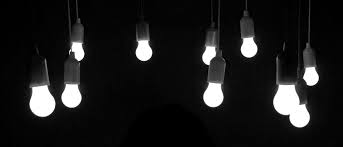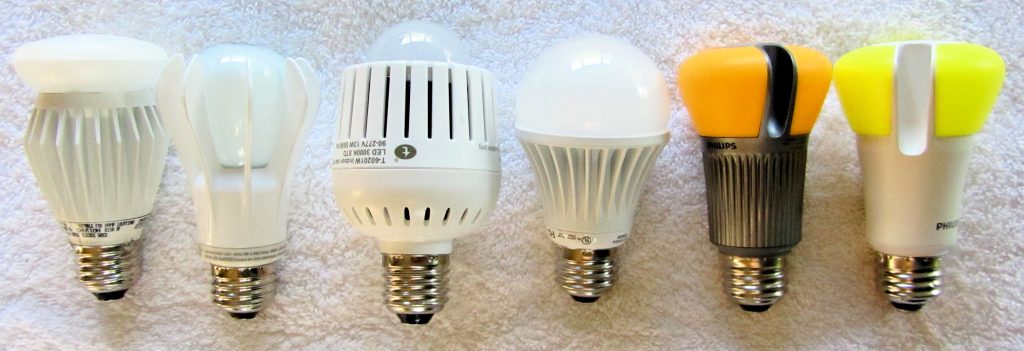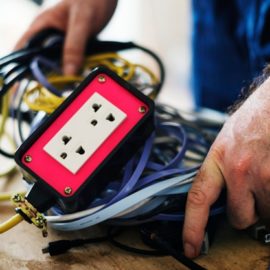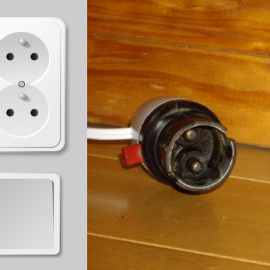
Which Led Light Bulb to Choose for Your Lighting
The LED bulb is a type of bulb used for lighting. But there are also other bulbs such as incandescent bulbs, halogen, neon, and low energy bulbs, which we will cover in our following post. For now, let’s take a closer look at the LED.
LED bulb: a simple operation
The LED stands for light-emitting diode, which means “chip” of semiconductor. The movement of electrons causes an emission of light according to the principle of electroluminescence, Its structure is simple, and its integration into an electrical circuit is easy. Note, however, that the recycling of the LED bulb is mandatory.
Unlike incandescent bulbs, the LED bulb does not have a filament, so the heat emitted is much lower. A LED lamp consists of a LED chip mounted on a reflector base, a cathode (-) and an anode (+), and an epoxy glass that protects the diode.
It has a variable operation depending on the type of bulb we have to deal with either in mains voltage (220 V), with the specific bases GU10 or GU5, but also recently with base E14 and E27 or in low voltage (12 V) with MR16 or GU5.3 bases.
Good to know: Some models are called power LED because of stronger light. However, this power is limited because, in return for their performance, they give off a lot of heat and can only work with a cooling system powerful enough (e.g., cooling fins) but bulky.
LED bulb: different uses

LEDs are suitable for direct spotlighting, bedside lamps, spotlights, and ambient lighting.
You can also use them outside the house to mark a path and successfully add to your pool’s illumination.
The LED bulb is tiny, fits into products with an elegant and discreet design, and comes in different colors.
A particularity: it has a variable diffusion angle. It’s up to you to decide whether you want a wide illumination (open-angle) or a 30° cone (closed-angle), another question to ask yourself!
LED lamps are often equipped with a dichroic reflector that can project light forward and heat backward.
LED bulb: a record life
The lifespan of this type of bulb can reach 100,000 hours, beating even fluorescent lamps.
Its safety is due :
– to its resistance (no fragility even to repeated ignitions),
– and to its operation when fed in low tension (some volts).
Its other advantages :
– very little electricity consumption, it has a yield quickly reaching 50 to 60 lm/W,
– its light intensity can vary so that you can use it with a dimmer,
– No electromagnetic field or UV radiation released, no mercury either (unlike CFLs).
LED bulb: not suitable for rooms with children
LED spotlights emit blue light with extreme luminance. At high power, the light emitted by LEDs becomes dazzling. In addition, its light spectrum is not suitable for the eyes of young children.
It is advisable to limit the perceived light intensity by not opting for powerful lighting indoors. In any case, you should not put a LED bulb in a room where a child stays for a long time (bedroom, kitchen).
LED: a high but falling price
The price of the LED bulb is still quite high, even if it has been falling for some time:
– from $15 (12 V, 2 W spot),
– up to $85 (220 V, 7 W E27 base).
Its other disadvantages
It has a light spectrum strongly tending towards blue, hence the risks mentioned by their detractors for a category of sensitive people or those with particular eye diseases, and because of the intense heat emission, there is a need for well-ventilated support (for power LEDs).
Attention: Observe the manufacturer’s indication concerning the destination of the bulb and check if they may cause burns.
Read more:
Measuring the Impact of LED and Neon Signs




Pingback:Lighting up a Garden for Christmas – Home And Events
Pingback:Characteristics and Uses of SMD LEDS - Pipesandwrenches
Pingback:What Is an Energy-Saving Bulb? - Pipesandwrenches